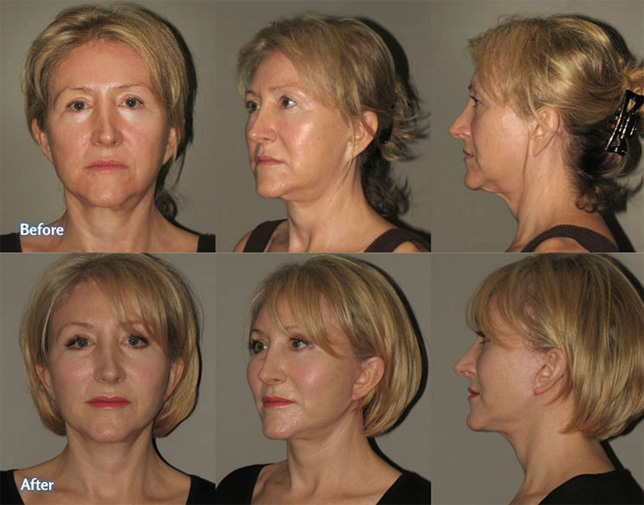
Choosing the Right SPF: Avoiding Sun Damage
Summer is right around the corner, so now is the time to stock up on sun protection to prevent days under the sun’s rays from damaging your skin. In addition to lowering your risk for skin cancer, regular use of sunscreen can maintain the youthful vitality of your skin and ward off aging signs like fine lines and age spots. There are many good sunscreens available today with a variety of SPF numbers that promise to keep your skin safe and sound. How do you know which SPF is the right one for you?
What is SPF?
SPF stands for Sun Protection Factor, which tells you how well a particular product will protect you from the UVB rays of the sun. The number coincides with how long it would take for your skin to become red (sunburned) after unprotected sun exposure. For example, if your skin usually turns red after 20 minutes in the sun, wearing an SPF 15 will increase the amount of time you can be in the sun without turning red by about 15 times or five hours.
However, the numbers that make up the SPF can be confusing and misleading for consumers. In reality, an SPF 15 blocks about 93 percent of the sun’s UVB rays. If you increase SPF to 30, you are protecting your skin from 97 percent, and choosing an SPF 50 increases your protection to 98 percent. No sunscreen will block all UVB rays, no matter how high the SPF might be.
Other Factors to Look for
It is also important to note that SPF only refers to the amount of protection offered against UVB rays. Since UVA rays can also lead to skin damage and increase your risk of skin cancer, it is important to choose a broad-spectrum sunscreen that will protect you from both types of rays. To ensure your sunscreen will offer sufficient protection, look on the ingredient list for benzophenones (oxybenzone or sulisobenzone) and titanium dioxide or zinc oxide to round out your UVA protection arsenal.
Selecting a water-resistant or waterproof sunscreen is also important, particularly if you will be swimming or engaging in strenuous activity that will cause you to sweat extensively. To be considered “water resistant” by the FDA, a product must be able to maintain its SPF for at least 40 minutes after water exposure. A product that can maintain an SPF for up to 80 minutes can be labeled “waterproof.” These provide you with the added protection necessary during some types of activities so you have time to reapply your sunscreen after your activity and maintain your protection.
Application Tips
Sunscreen should be applied daily, with special care when spending significant time in the sun. Apply about one ounce or a shot glass full of sunscreen to ensure sufficient protection. Application should be done about 30 minutes before sun exposure, and reapplied every two hours while you are outdoors. You should also reapply sunscreen after being in the water or sweating excessively.
Reversing Damage
If your skin has already seen the signs of sun damage, there are ways to reverse some of the effects before summer rolls around again. At Houston Center for Plastic Surgery, we offer a variety of non-surgical skin treatments that address specific signs of sun damage and restore skin to its more youthful, vibrant state. To learn more about treatments designed to repair sun damage and other skin concerns, contact Houston Center for Plastic Surgery today at (713) 790-4500.


